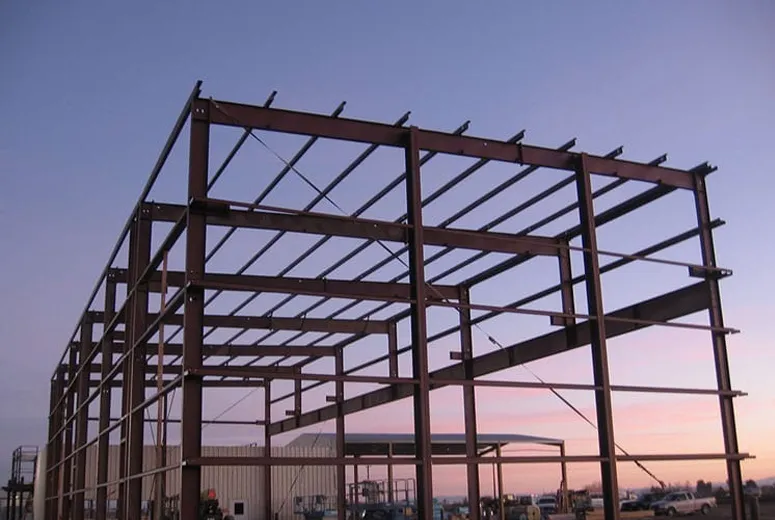- Afrikaans
- Albanian
- Amharic
- Arabic
- Armenian
- Azerbaijani
- Basque
- Belarusian
- Bengali
- Bosnian
- Bulgarian
- Catalan
- Cebuano
- Corsican
- Croatian
- Czech
- Danish
- Dutch
- English
- Esperanto
- Estonian
- Finnish
- French
- Frisian
- Galician
- Georgian
- German
- Greek
- Gujarati
- Haitian Creole
- hausa
- hawaiian
- Hebrew
- Hindi
- Miao
- Hungarian
- Icelandic
- igbo
- Indonesian
- irish
- Italian
- Japanese
- Javanese
- Kannada
- kazakh
- Khmer
- Rwandese
- Korean
- Kurdish
- Kyrgyz
- Lao
- Latin
- Latvian
- Lithuanian
- Luxembourgish
- Macedonian
- Malgashi
- Malay
- Malayalam
- Maltese
- Maori
- Marathi
- Mongolian
- Myanmar
- Nepali
- Norwegian
- Norwegian
- Occitan
- Pashto
- Persian
- Polish
- Portuguese
- Punjabi
- Romanian
- Russian
- Samoan
- Scottish Gaelic
- Serbian
- Sesotho
- Shona
- Sindhi
- Sinhala
- Slovak
- Slovenian
- Somali
- Spanish
- Sundanese
- Swahili
- Swedish
- Tagalog
- Tajik
- Tamil
- Tatar
- Telugu
- Thai
- Turkish
- Turkmen
- Ukrainian
- Urdu
- Uighur
- Uzbek
- Vietnamese
- Welsh
- Bantu
- Yiddish
- Yoruba
- Zulu
Nov . 13, 2024 14:20 Back to list
Understanding Building Reinforcement Steel A Crucial Component in Construction
In the realm of construction and civil engineering, building materials play a pivotal role in ensuring the integrity and longevity of structures. Among these materials, reinforcement steel, commonly known as rebar, is of paramount importance. This article delves into the significance of reinforcement steel, its types, applications, and the advantages it brings to modern construction.
What is Reinforcement Steel?
Reinforcement steel is a type of steel that is used to enhance the tensile strength of concrete structures. While concrete is excellent in compressive strength, it is weak in tension. To address this limitation, rebar is embedded into concrete, allowing structures to withstand various stresses and loads. Typically, rebar is made from carbon steel, which is molded into long rods or bars, often exhibiting a textured surface to improve bonding with concrete.
Types of Reinforcement Steel
Reinforcement steel comes in various grades, sizes, and types, each suited for specific applications. The most common types include
1. Mild Steel (Grade 250) This type of rebar is ductile and is often used in light construction works. It is easy to work with and is frequently utilized in non-structural applications.
2. High-Tensile Steel (Grade 500) Characterized by its ability to withstand higher loads, this type of rebar is employed in demanding structural applications, such as bridges, high-rise buildings, and seismic-resistant structures.
3. Epoxy-Coated Rebar This rebar type is coated with a layer of epoxy to protect it from corrosion. It is particularly beneficial in environments prone to moisture, such as coastal areas.
4. Stainless Steel Rebar For projects where corrosion resistance is crucial, stainless steel rebar is a perfect choice. Its longevity and resistance to environmental factors make it ideal for harsh settings.
Applications of Reinforcement Steel
building reinforcement steel

The applications of reinforcement steel are vast and varied. In residential construction, rebar is used in foundations, slabs, and walls to provide necessary support and durability. In commercial and industrial buildings, it is incorporated into various structural elements to ensure safety and performance standards are met.
Reinforcement steel is also vital in infrastructure projects, such as highways, bridges, and tunnels. These structures require robust materials that can bear substantial loads and resist forces like earthquakes and heavy traffic. Using rebar enhances the structural integrity and lifespan of these constructions, ultimately leading to safer public spaces.
Advantages of Using Reinforcement Steel
Utilizing reinforcement steel in construction offers numerous benefits
1. Enhanced Strength The primary advantage of rebar is its ability to improve the tensile strength of concrete. This combination results in structures that are capable of withstanding significant loads and pressures, extending their functional lifespan.
2. Cost-Effectiveness While the initial investment in reinforcement steel may seem substantial, it is a cost-effective solution in the long run. Stronger structures require less maintenance and repair, saving money over time.
3. Versatility Reinforcement steel can be molded into various shapes and sizes, offering flexibility in design. This adaptability allows engineers and architects to innovate while ensuring structural safety.
4. Rapid Installation The incorporation of rebar into construction processes facilitates quicker installations. This efficiency can shorten project timelines, making it an attractive choice for contractors.
Conclusion
In conclusion, reinforcement steel is an indispensable element in modern construction. Its ability to enhance the strength and durability of concrete structures ensures that buildings and infrastructure can withstand the challenges of time and environmental conditions. As technology advances, the development of new types of rebar continues to improve its performance, contributing to safer, more reliable construction practices. Whether in residential homes or monumental structures, reinforcement steel remains a cornerstone of successful engineering and architectural endeavors.
-
How Do Prefabricated Steel Structures Transform Modern Construction?
NewsJul.14,2025
-
How Do Prefabricated Metal Buildings Redefine Modern Construction?
NewsJul.14,2025
-
How Do Prefab Insulated Metal Buildings and Steel Structures Revolutionize Modern Construction?
NewsJul.14,2025
-
How Do Pre - Engineered Steel Structures Redefine Modern Construction?
NewsJul.14,2025
-
Advancing Modular Construction with Prefabricated Metal Structures
NewsJul.14,2025
-
Advancing Industrial Infrastructure with Prefabricated Steel Solutions
NewsJul.14,2025
Products categories
Our Latest News
We have a professional design team and an excellent production and construction team.












